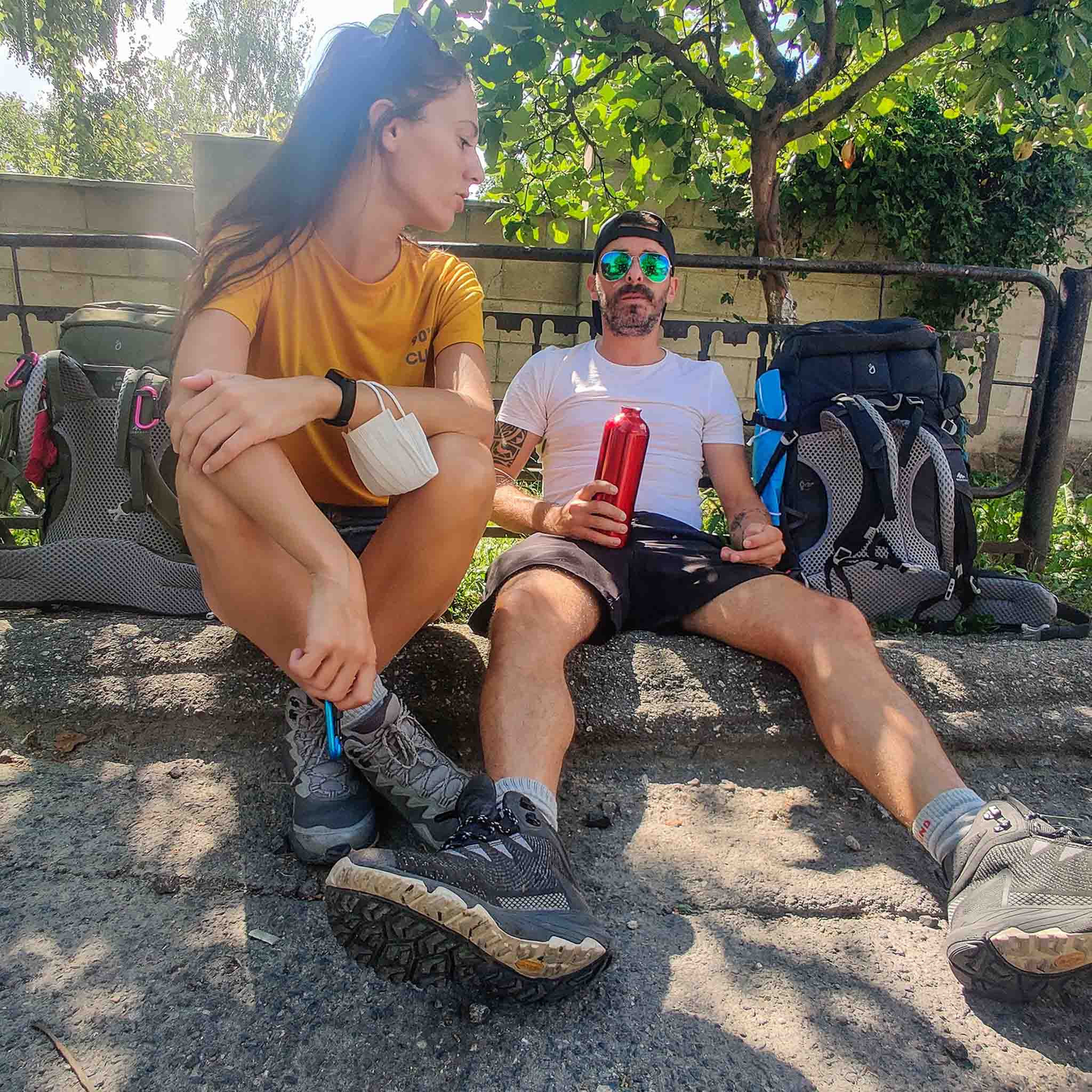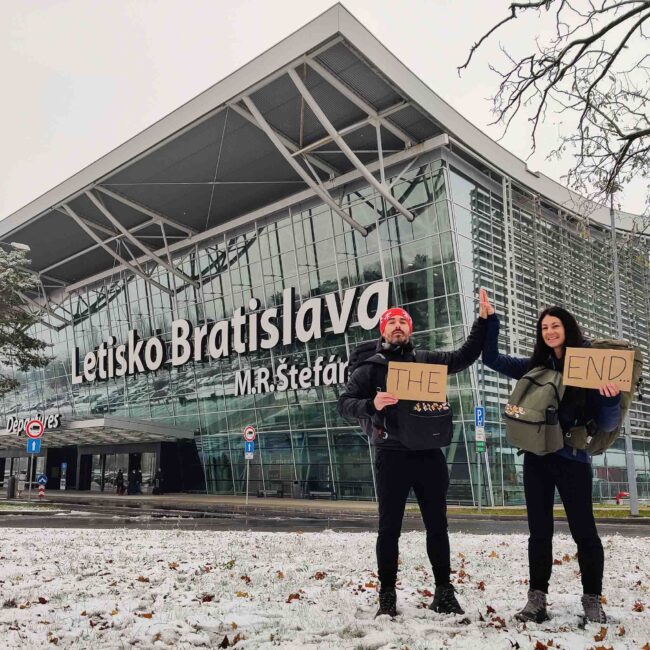Ultimate Travel Guide Croatia


Dive into the Adriatic allure, historical wonders, and vibrant culture of this Mediterranean gem through this ultimate travel guide to Croatia.
Croatia, positioned at the crossroads of Central and Southeast Europe, has a population of 3.899 million and covers an area of 56,594 km². This remarkably diverse Balkan country offers many activities, and we recommend planning a visit that lasts more than two weeks if possible.
Croatia marked our 100th day on the road during our first backpacking adventure. To celebrate this milestone, we chose the exceptional Croatian island of Hvar. Hvar stands out as a top attraction alongside the Walls of Dubrovnik, Plitvice Lakes National Park, and the charming Old Town.
Discover all the essential information to explore Croatia in this ultimate guide, featuring details on reaching Hvar, activities, accommodations, and more.
What to Know
Best time to visit
The ideal times to visit Croatia are May, June, and September to October, offering pleasant weather for swimming and sunbathing with fewer crowds compared to the months of July and August.
Currency and ATMs
Since January 2023, Croatia has adopted the Euro as its official currency. Before this change, the Croatian Kuna (HRK) was the official currency from 1994 to 2023. ATMs, locally known as “bankomat,” are available throughout Croatia, except for some remote islands.
Safety Rank
Rest assured, Croatia offers a remarkably safe vacation destination, boasting one of Europe’s lowest crime rates and securing the 14th position in safety among 163 countries.
Hitchhiking
Summer hitchhiking in Croatia is fantastic, especially along the coast, with waiting times rarely exceeding 20 minutes. However, in winter, coastal towns can become ghost towns, and hitching wait times may exceed an hour, often resulting in very short rides.
Visa
Entry for visa-exempt citizens is simple; they only need to present a passport with a validity of at least three months upon arrival at Croatian border checkpoints. A visa is required to travel to Croatia to all other non-exempt foreign citizens, irrespective of the length of duration or the purpose of the visit.
Plugs
Croatia’s electric energy system aligns with the rest of Europe, featuring installations that emit an alternating current of 220V/50Hz, and the sockets used are of type F.



























































